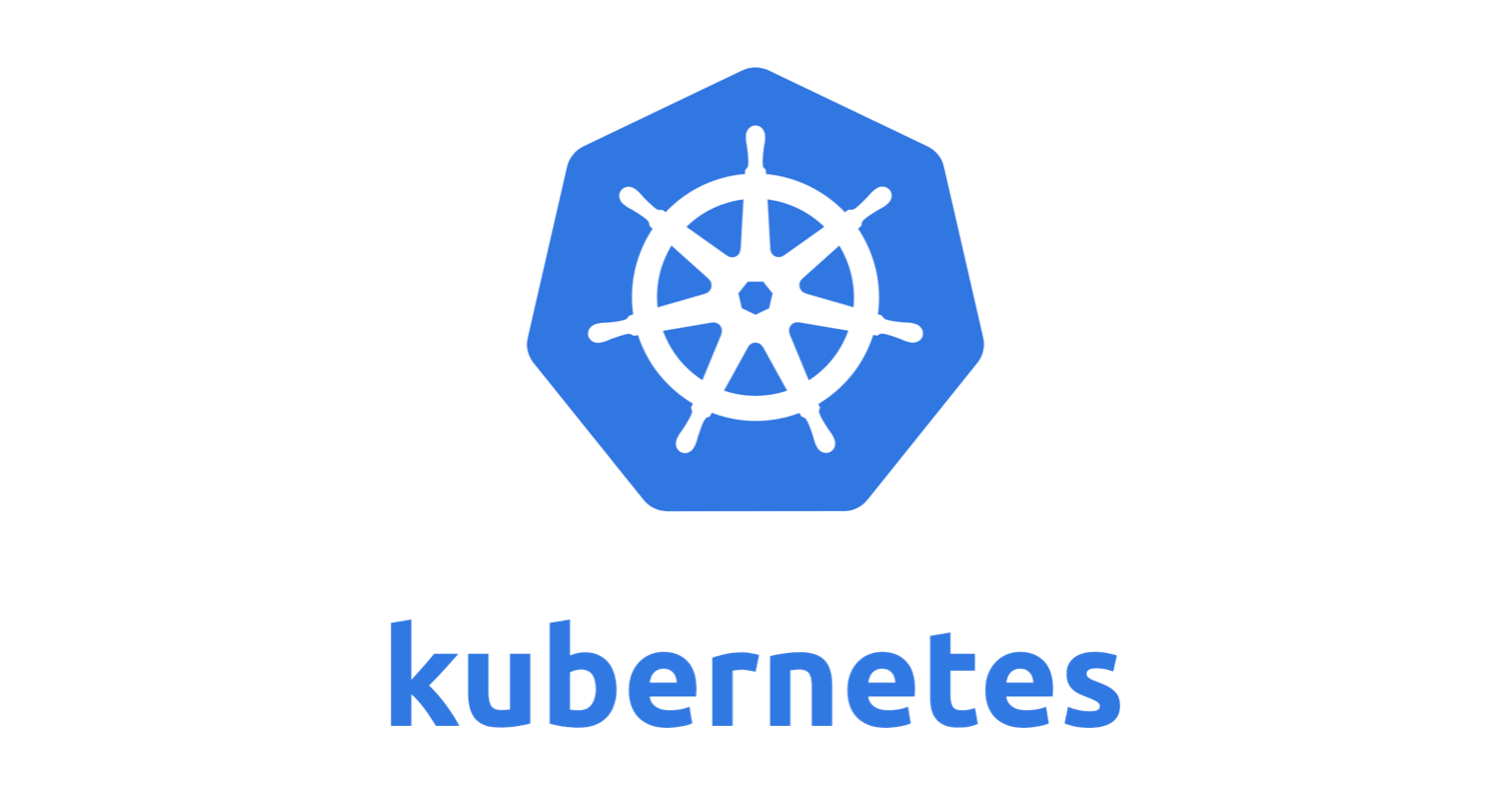

In this example, the master node is now named master-node, while a worker node is named worker-node1. Or sudo hostnamectl set-hostname worker-node1 To give a unique hostname to each of your nodes, use this command: sudo hostnamectl set-hostname master-node cat /etc//kubernetes.repoīefore deploying a cluster, make sure to set hostnames, configure the firewall, and kernel settings. Enter the following command to retrieve the Kubernetes repositories. This step needs to be performed on the Master Node, and each Worker Node you plan on utilizing for your container setup. Kubernetes packages are not available from official CentOS 7 repositories. Docker needs to be installed on CentOS, both on the Master Node and the Worker Nodes.

Currently, the most popular container solution is Docker. To use Kubernetes, you need to install a containerization engine. Steps for Installing Kubernetes on CentOS 7 The yum package manager, included by default.A user account on every system with sudo or root privileges.Multiple Linux servers running CentOS 7 (1 Master Node, Multiple Worker Nodes).
Install kubeadm centos 7 how to#
Kubernetes is an open-source platform that helps you deploy, scale, and manage resources across multiple containers.įollow this tutroial and learn how to install Kubernetes on a CentOS 7 system. Containers are more efficient than virtual machines as they do not need their operating system. Working on applications within an isolated container does not affect the host operating system. Small virtual environments, called containers, have become indispensable for developing and managing applications.


 0 kommentar(er)
0 kommentar(er)
